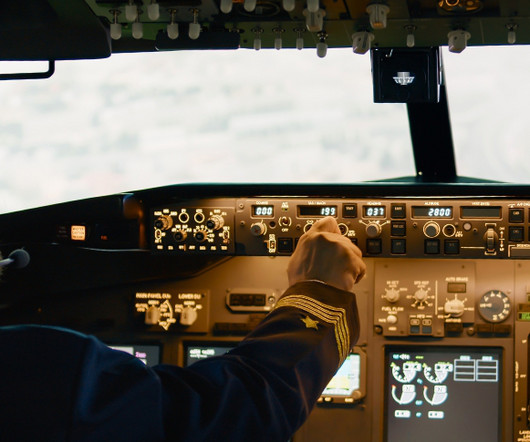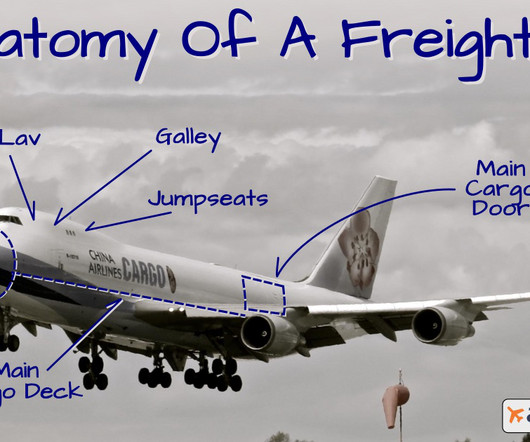What Is the Average Flying Altitude of a Commercial Plane?
Pilot's Life Blog
JANUARY 12, 2025
These altitudes minimize fuel use, avoid turbulence, and provide smoother rides for passengers. Flying a small plane at lower altitudes allows pilots to navigate visually and avoid the complexities of high-altitude air traffic control. Weight and Load The payload significantly impacts a planes ability to reach an optimal altitude.











Let's personalize your content